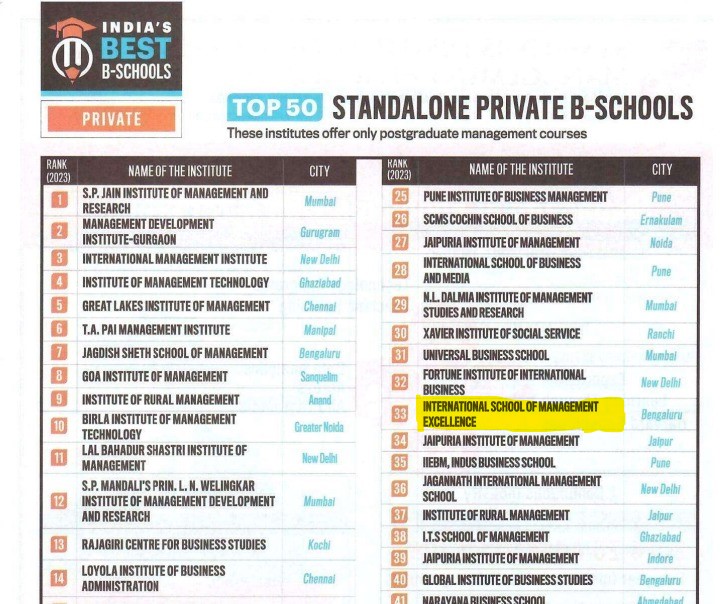23rd December 2024
The term “Golden Age of Silver Workers” refers to a period in which older employees—often referred to as “silver workers” due to their age and experience—are highly valued in the workforce. It highlights a time when organizations, industries, or societies recognize the significant contributions and unique skill sets that older workers bring to the table. This concept has gained attention in the context of changing demographics, where aging populations in many countries lead to increased participation of older individuals in the workforce.
Key Points about the “Golden Age of Silver Workers”:
- Increased Longevity and Workforce Participation: As life expectancy has increased, many people are working longer, either due to financial necessity or because they enjoy their work. The “Golden Age” is a time when these older workers are not only staying employed longer but are also contributing significantly to the workforce in both traditional and non-traditional roles.
- Value of Experience and Knowledge: Silver workers are often celebrated for their years of experience, institutional knowledge, and a strong work ethic. This experience can be especially beneficial in industries that require expertise, mentorship, and leadership, where older workers are seen as valuable resources who can mentor younger generations.
- Changing Work Models: The “Golden Age” also refers to a shift in how work is structured to accommodate the needs of older workers. Many organizations now offer flexible work hours, part-time positions, or even remote work options, which enable older employees to stay engaged in their careers longer while maintaining a work-life balance.
- Economic and Social Impact: Older workers contribute to economic stability, especially in aging societies where the working-age population is shrinking. Their continued employment can help sustain businesses, support economic growth, and reduce the pressures associated with retirement systems and pensions.
- Challenging Stereotypes: The idea of a “Golden Age” challenges the stereotypical view that older workers are less productive or adaptable to new technologies. Many silver workers continue to adapt, learn new skills, and remain highly effective in their roles, proving that age can be an asset rather than a liability in the workforce.
Why Is This Concept Important?
- Demographic Shifts: As baby boomers age, many countries are experiencing a workforce that is older on average. Recognizing and valuing these workers is crucial to addressing labor shortages and ensuring sustainable economic growth.
- Workforce Diversity: A diverse workforce, including age diversity, can bring varied perspectives and solutions to challenges, helping businesses become more resilient and innovative.
- Social and Economic Benefits: By keeping silver workers employed longer, societies can benefit from reduced dependency on social safety nets, while workers themselves gain the opportunity for continued personal and professional fulfillment.
In essence, the Golden Age of Silver Workers underscores the importance of embracing older workers as integral, experienced members of the workforce, valuing their contributions, and adapting the workplace to better support their participation.
some facts, numbers, and data that help explain the Golden Age of Silver Workers and how older workers are becoming a significant part of the workforce in today’s economy:
1. Increasing Workforce Participation of Older Workers
- Rising Employment Rates Among Older Workers:
- In many countries, older workers are staying in the workforce longer than in the past. For instance, in the United States, the labor force participation rate for workers aged 65 and older has more than doubled in the past two decades. It increased from 12.2% in 1995 to 19.6% in 2022 (U.S. Bureau of Labor Statistics, 2022).
- In Europe, the European Commission reported that the employment rate for people aged 55-64 has steadily increased from 42.6% in 2000 to 60.3% in 2022.
2. Growing Population of Older Workers
- Aging Population:
- The global population of people aged 60 and older is expected to more than double by 2050, increasing from 1 billion in 2020 to around 2.1 billion (United Nations, 2019).
- In OECD countries, the percentage of people aged 55 and older in the workforce has been steadily growing. In the U.S., people aged 55 and older made up 25% of the workforce in 2022, up from 17% in 1990 (OECD, 2022).
3. Economic Contributions of Older Workers
- Labor Market Impact: Older workers contribute significantly to the economy. In the U.S., workers aged 55 and older contributed to 15.5% of total employment in 2022 (U.S. Bureau of Labor Statistics).
- Mentorship and Knowledge Transfer: Older employees often provide valuable mentorship and leadership within organizations. Studies have found that older workers can play a pivotal role in transferring institutional knowledge, which is crucial for maintaining productivity and continuity in organizations.
4. Benefits of Hiring Older Workers
- Experience and Expertise: Research indicates that older workers bring years of experience and industry knowledge. According to a 2019 AARP report, 80% of employers believe older workers bring essential skills to the table, including problem-solving, critical thinking, and a strong work ethic.
- Reliability and Retention: Older workers tend to have higher retention rates. A 2018 study by Gallup found that employees over 55 had a 50% lower turnover rate than younger employees, which leads to greater cost savings for employers.
5. Shifting Attitudes Toward Age in the Workplace
- Changing Perceptions: Companies are increasingly seeing the value in older workers. According to a 2020 study by the AARP, 72% of employers now say that older workers bring “valuable experience,” and 60% of employers actively seek out older workers for roles that require leadership and mentoring.
6. Flexible Work Arrangements and Silver Workers
- Rise in Remote Work: Older workers are increasingly benefiting from flexible and remote work options. According to a 2021 AARP survey, nearly 60% of workers aged 50+ reported being satisfied with the ability to work remotely during the pandemic, and many have expressed interest in maintaining this flexibility post-pandemic.
- Part-Time Work Trends: The U.S. Bureau of Labor Statistics reports that the proportion of people aged 65 and older working part-time has increased significantly, reflecting a preference for reduced hours and greater work-life balance. As of 2022, about 18% of people aged 65 and older are working part-time, compared to just 10% in 1990.
7. The Impact of Older Workers on Economic Growth
- Economic Growth and Tax Contributions: Older workers are also contributing to economic growth by paying taxes and continuing to consume goods and services. The AARP found that in the U.S., older workers contribute approximately $3 trillion to the U.S. economy annually through their work.
8. Potential Challenges and Barriers
- Age Discrimination: Despite the increasing number of older workers, age discrimination still persists in many workplaces. According to a 2018 AARP report, 61% of workers aged 45 and older have experienced age discrimination in the workplace. This highlights the need for policies to promote inclusive practices and fight bias against older employees.
- Technology Adaptation: One of the challenges for older workers is adapting to new technologies. However, studies show that older workers are often more open to learning new skills than commonly assumed. In the European Union, 70% of workers aged 55-64 reported that they were willing to engage in training to learn new technologies (Eurostat, 2021). The “Golden Age of Silver Workers” in India reflects the potential and challenges of an aging population in a rapidly growing economy. While older workers in India are still underrepresented in the formal workforce, they play a significant role in industries requiring experience, knowledge, and mentorship. With the right policies, skill development programs, and corporate strategies to accommodate silver workers, India can unlock the economic potential of its aging population, turning the challenges of an aging workforce into an opportunity for growth and innovation.
Questions:
- What are the main reasons for the increasing participation of older workers in India’s workforce, and how can this trend benefit the economy?
- How does the aging population in India impact the demand for healthcare and senior-friendly products? Provide examples of sectors that are likely to grow due to this demographic shift.
- What challenges do older workers in India face in adapting to new technologies, and what measures can be taken by businesses to support them?
- How can the Indian government enhance policies to reduce age discrimination and improve job opportunities for older workers?
- What role does the “Silver Economy” play in shaping India’s future economic growth, and how can businesses capitalize on this growing market?



